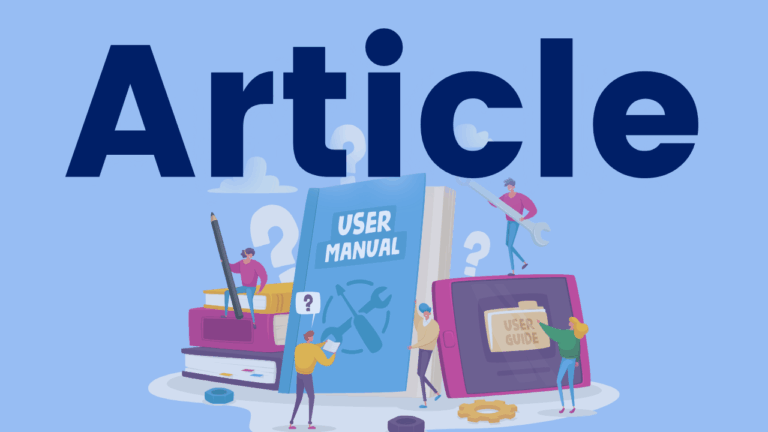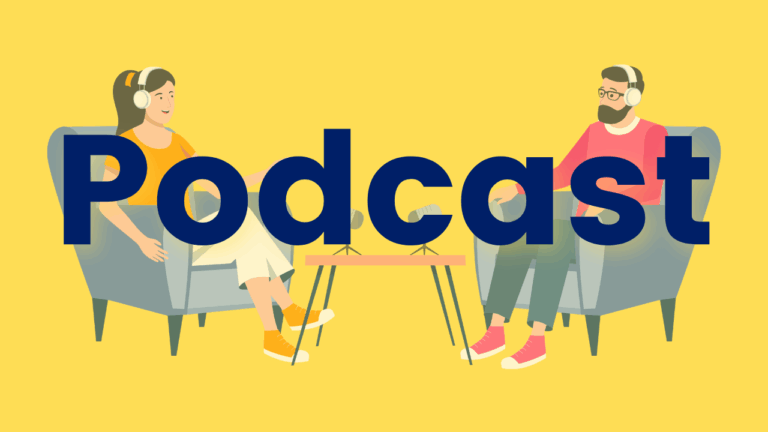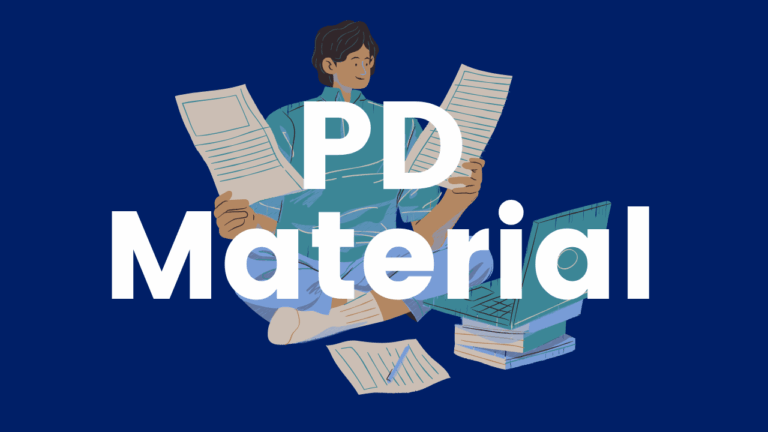Word Webs for Multiple Meanings
In this activity from FCRR, students use a web graphic to identify multiple meanings of target vocabulary words.

In this activity from FCRR, students use a web graphic to identify multiple meanings of target vocabulary words.

A word map is a graphic organizer that supports connections among vocabulary and ideas. This resource from TextProject provides Word Maps for core vocabulary – the most important words in written English. Three types of words maps are available for the core vocabulary: synonyms, morphology, and multiple meaning of words.

Keeping a vocabulary journal is a strategy for helping students apply their knowledge of new words. Research shows that writing supports memory of words because it requires the cognitive skills of retrieval and repetition. Their vocabulary journal can also be a reference for students to use as they write. And they can add to it…

Maya’s Book Nook is a website created by Speech-Language Pathologist Dr. Lakeisha Johnson. The Behind the Book section houses a bank of materials to accompany a diverse, culturally relevant children’s book. Equally useful for both parents/caregivers and educators, these handouts include target vocabulary words, as well as questions to support dialogic reading to build language comprehension.

Far too often, students who struggle with reading and language are given simplified, uninteresting texts. These texts are judged to be “at-the-students’ language or reading level” but deny students access to rich, interesting, age-appropriate text. This guidance document outlines some ideas for fostering conversations around “juicy sentences,” where students learn to deconstruct and reconstruct sentences,…

This book is a fantastic resource aligning closely with much of the new Ontario Language Curriculum and reinforcing how assessment can inform our instruction and interventions in order to best help students succeed in literacy. It’s valuable learning for classroom educators, those working in coaching/consulting roles and those in special education. While targeting skills typically…

Joan Sedita highlights the importance of vocabulary instruction, how vocabulary instruction supports reading comprehension, and characteristics of effective vocabulary instruction.

This webinar dives into morphology – what is it? Why is it important? When should you start to teach it? What are some instructional techniques? How is it related to etymology?

Tier 2 vocabulary words are words that are useful and necessary across different content areas or domains, but that may not be frequently used in oral language. Christopher Such, author of The Art and Science of Teaching Primary Reading, has assembled a list of Tier 2 vocabulary words for explicit instruction.

This resource has been compiled by a group of Canadian language and literacy experts. It is organized into three primary segments. First, it highlights the essential information educators should possess about various research types, enabling them to stay well-informed and knowledgeable about the connection between language, reading, and writing instruction. The next section focuses on…

In the Season 1 finale of Reading Road Trip, Kate Winn and Una Malcolm answer listener questions, sharing their thoughts on everything from sound-spelling walls to structured literacy in older grades.

This facilitator’s guide is designed to assist professional learning communities (PLCs) in applying evidence-based strategies to help K-3 students acquire the language and literacy skills needed to succeed academically. This document is a support for educators watching the IES videos of foundational language and literacy instruction.